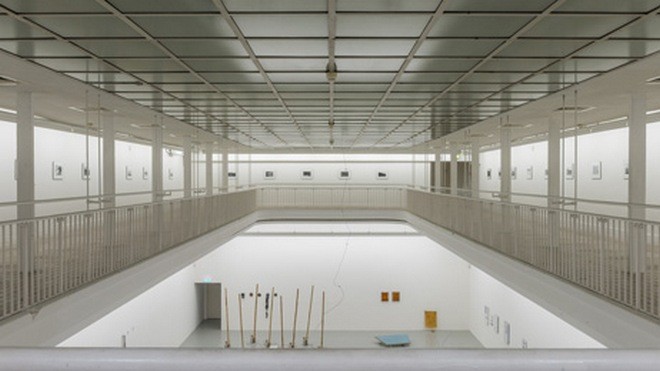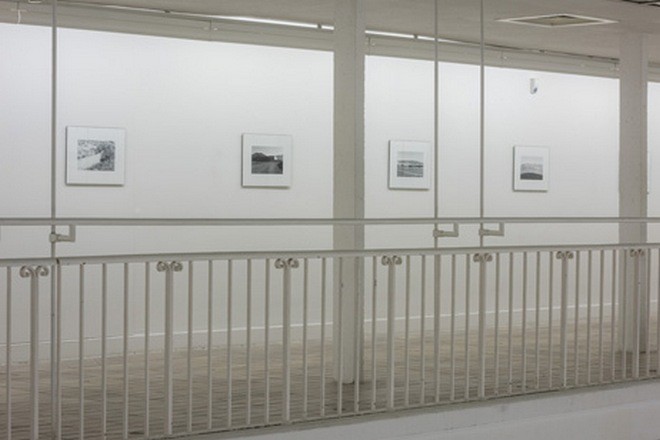Owen Gump
The Narrows
20 Jan - 05 Mar 2017

Owen Gump, o.T., aus der Serie The Narrows, 2016, v BW Photo on Barite paper 40 x 50 cm
© Owen Gump, Courtesy BQ, Berlin
© Owen Gump, Courtesy BQ, Berlin

Owen Gump, Grass Fire, Sierra Nevada, California, No. 3, 2016, BW Photo on Barite paper 40 x 50 cm
© Owen Gump, Courtesy BQ, Berlin
© Owen Gump, Courtesy BQ, Berlin
OWEN GUMP
The Narrows
20 January – 5 March 2017
Owen Gump, Mustang, No. 1, 2015, SW Photo on Baryt paper, © Owen Gump, Courtesy BQ, BerlinThe black and white photographs of Owen Gump (*1980, Kentfield, Kanifornien, USA) can be viewed within the tradition of American landscape photography. In his topographic investigations of the American West, the landscape appears as a stage for human expansion and as material for ideological formations. In his new series The Narrows, exhibited for the first time at the Kunstverein Freiburg, Gump examines a state-subsidized industrial park near Reno, Nevada, where large corporations and high-tech companies—including the world’s largest internet server farm—have opened. The building complexes with their geometric structures appear as a science fiction set against the stark, empty forms of the desert. In this sense, Gump’s photographs could document the ruins of the future, within which the spheres of influence of homo oeconomicus are continuously spreading.
The Narrows
20 January – 5 March 2017
Owen Gump, Mustang, No. 1, 2015, SW Photo on Baryt paper, © Owen Gump, Courtesy BQ, BerlinThe black and white photographs of Owen Gump (*1980, Kentfield, Kanifornien, USA) can be viewed within the tradition of American landscape photography. In his topographic investigations of the American West, the landscape appears as a stage for human expansion and as material for ideological formations. In his new series The Narrows, exhibited for the first time at the Kunstverein Freiburg, Gump examines a state-subsidized industrial park near Reno, Nevada, where large corporations and high-tech companies—including the world’s largest internet server farm—have opened. The building complexes with their geometric structures appear as a science fiction set against the stark, empty forms of the desert. In this sense, Gump’s photographs could document the ruins of the future, within which the spheres of influence of homo oeconomicus are continuously spreading.



